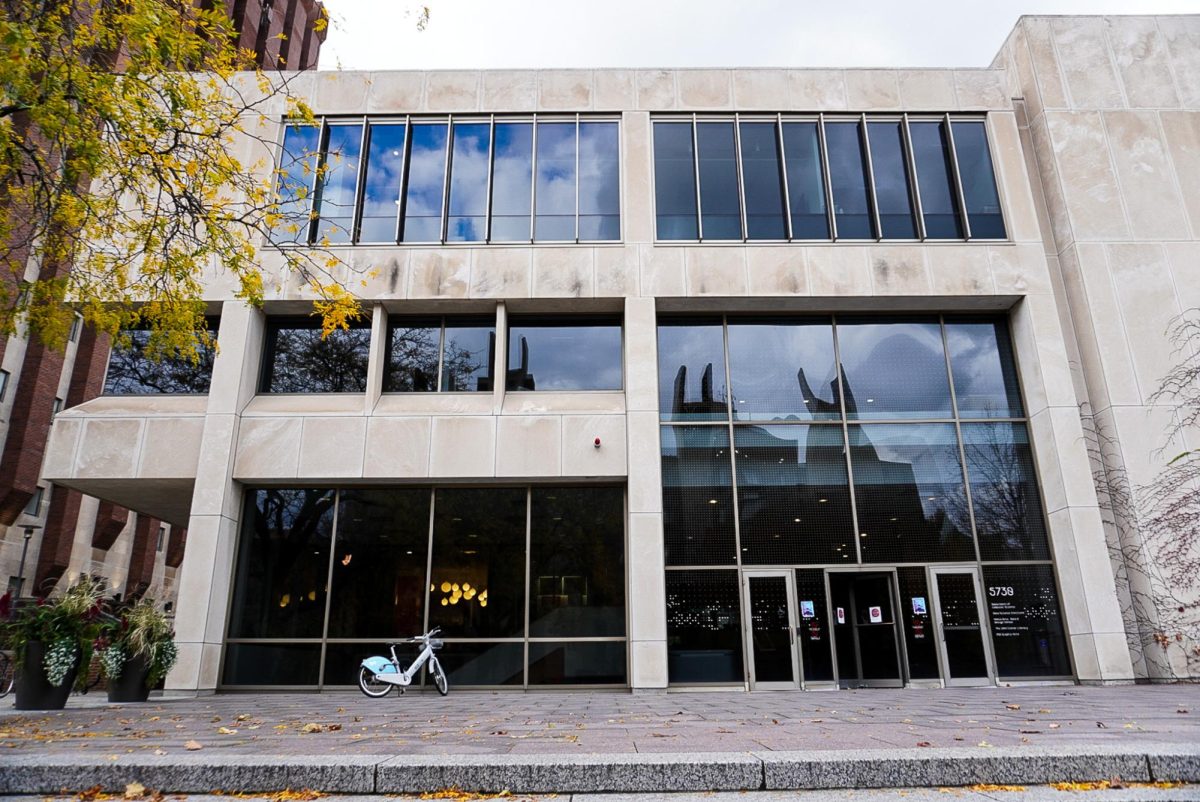The federal government and the U.S. Steel Corporation have proposed a nearly $900,000 settlement following a chemical spill at U.S. Steel’s Portage, Indiana facility in April 2017. But UChicago law students—representing the Surfrider Foundation—are not satisfied.
On April 13 of this year, the local Chicago chapter of the Surfrider Foundation and the City of Chicago sent a joint letter in response to the proposed consent decree (CD), describing how they believe the “Proposed CD is unfair, unreasonable, and inadequate,” and that they “intend to advocate for a number of improvements and changes through all available forums”
The joint letter focuses on two spillages at the U.S. Steel facility, which occurred in April and October of 2017.
Following the October discharge, law students at the Abrams Environmental Law Clinic found a letter from U.S. Steel to the Indiana Department of Environmental Management, which asked for “confidential treatment under all applicable statutes.”
The discharge, which released 56.7 pounds of chromium, was nearly double the 30 pound per day limit.
According to Ben Segal, a Law School student working on the case, one of the students’ biggest concerns is that the regulators of the plant allowed violations and illegal pollution to continue, and the students are adamant that these problems must be solved.
The group represents local members of the Surfrider Foundation who recreate “in the area of Lake Michigan directly adjacent to the Burns Waterway and are adversely affected by pollution from the U.S. Steel Corporation – Midwest Plant,” according to the group’s notice of intent to sue.
Soon after, news broke last April about a chemical spill of chromium into the Burns Waterway at the Portage facility, which flows into nearby Lake Michigan.
Hexavalent chromium is known to cause skin and eye irritation, kidney and liver damage, and cancer. No tests, however, were conducted on the October discharge, and it is unclear if it contained traces of hexavalent chromium.
“As we learned more about that and realized the extent to which [U.S. Steel] had failed to maintain their facility, and the extent to which they had been violating environmental laws, and their permits relating to discharge of pollutants, we became increasingly concerned, and we talked to Surfrider and we together decided to go forward and bring the case,” Segal said.
Chelsea Kendall, another student on the case, described how the group began to research U.S. Steel’s discharge monitoring report (DMR) data. The company has a permit to pollute under the Clean Water Act, which allows it to “release up to certain limits of various chemicals from their facility,” she explained.
The Clean Water Act makes it “unlawful to discharge any pollutant from a point source into navigable waters, unless a permit was obtained,” according to the EPA.
Companies are obligated to report any discharges, and the first step in the Law Clinic’s litigation process was to use the DMR data to see “when [U.S. Steel] was violating and how much they were violating by,” Kendall said.
It soon became clear to the students that numerous violations of the National Pollutant Discharge Elimination System (NPDES) permit—issued to U.S. Steel by the Indiana Department of Environmental Management—had taken place at the facility, which they detailed in their notice of intent to sue.
“We felt that it was important that whatever action came enforcement-wise would really tackle the systemic problems and be protective of the environment going forward,” Segal said.









